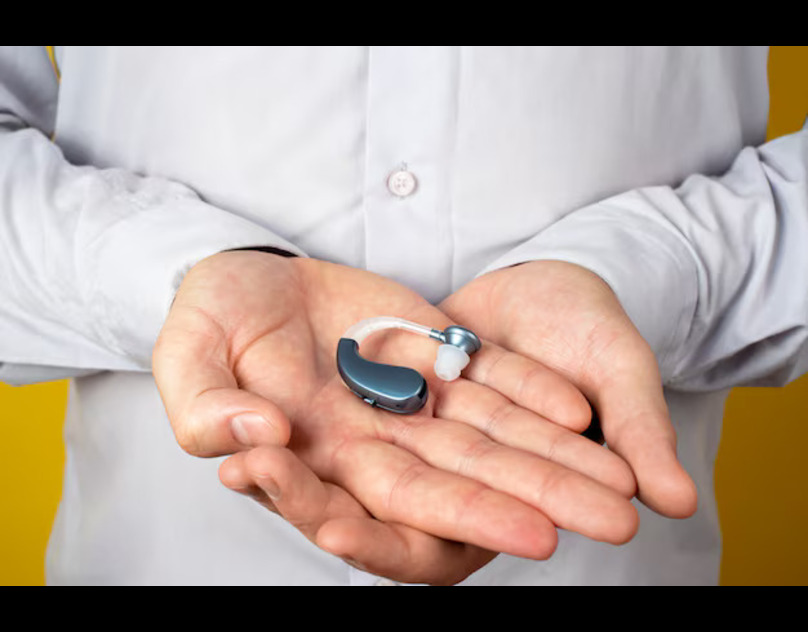
Bluetooth hearing aide are at the forefront of hearing technology, offering enhanced connectivity and sound quality. Paired with proper wax guard replacement and earwax prevention practices, they ensure optimal performance and longevity. In this blog, learn about the benefits of Bluetooth hearing aids, the importance of maintaining wax guards, and effective strategies for managing earwax.
Bluetooth Hearing Aids: Elevating Hearing Technology
Bluetooth hearing aids combine advanced technology with practicality, enabling seamless integration with smartphones, TVs, and other Bluetooth-enabled devices. This connectivity allows users to stream music, take phone calls, and control their hearing aids through apps.
Benefits of Bluetooth Hearing Aids:
- High-Quality Audio: Stream crystal-clear sound directly to your hearing aids.
- Customizable Settings: Adjust volume, noise levels, and modes through a smartphone app.
- Hands-Free Calling: Answer calls directly through your hearing aids.
- Dual Functionality: Use your hearing aids as headphones for TV and multimedia.
These features make Bluetooth hearing aids ideal for individuals seeking convenience, versatility, and improved hearing clarity.
The Importance of Hearing Aid Wax Guard Replacement
Wax guards are small but essential components that prevent earwax from clogging the sensitive parts of hearing aids. A clogged wax guard can muffle sound and cause device malfunctions.
When to Replace Wax Guards:
- Replace every 2–4 weeks or as needed, depending on earwax production.
- Replace if sound becomes muffled or distorted.
Steps to Replace a Wax Guard:
- Remove the Old Guard: Use the provided tool to extract the used wax guard.
- Insert the New Guard: Align and press a new guard into place.
- Test Your Hearing Aid: Ensure sound clarity after replacement.
Regular wax guard maintenance prevents costly repairs and ensures your hearing aids deliver consistent performance.
Earwax Prevention: A Vital Step for Hearing Aid Users
Excessive can block hearing aids and impair their performance. Managing earwax Prevention effectively is key to maintaining both your hearing health and your device.
Tips for Earwax Prevention:
- Clean Your Ears Safely: Wipe the outer ear with a damp cloth; avoid inserting objects into the ear canal.
- Use Earwax Softening Drops: Over-the-counter drops can loosen earwax for easy removal.
- Hydrate Regularly: Proper hydration reduces excessive earwax production.
- Professional Cleaning: Visit an audiologist for regular earwax removal.
- Wax-Resistant Features: Use hearing aids with built-in wax protection for added peace of mind.
Taking these precautions minimizes the risk of earwax-related issues and ensures your hearing aids work flawlessly.
Comprehensive Hearing Aid Maintenance
In addition to Bluetooth capabilities and wax guard care, proper hearing aid maintenance is essential for prolonging their lifespan.
Best Practices for Maintenance:
- Daily Cleaning: Wipe down hearing aids to remove dirt and moisture.
- Store Properly: Use a dry, secure case when not in use.
- Change Batteries: Replace or recharge batteries promptly when needed.
- Avoid Moisture: Keep hearing aids away from water and humid environments.
Why Choose Bluetooth Hearing Aids?
Bluetooth hearing aids bring advanced connectivity and control, making them a valuable investment for anyone managing hearing loss. From hands-free calls to personalized sound settings, they adapt to various lifestyles and environments.
By pairing this technology with consistent wax guard replacement and proactive earwax prevention, users can enjoy a seamless, high-quality hearing experience.
Conclusion
Bluetooth hearing aids, coupled with regular Hearing aid wax guard replacement and effective earwax prevention, offer a modern solution for managing hearing loss. These practices ensure clear sound, device longevity, and an improved quality of life.






Leave a Reply